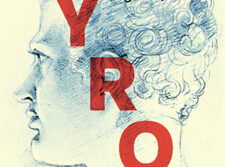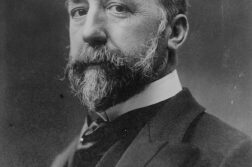IN THE AFTERMATH of the passage of California’s Proposition 8, a new generation of activists emerged to protest the loss of the right to marry one’s same-sex partner. The GLBT media has dubbed this new wave of activism “Stonewall 2.0.” This historic political involvement of young people was catalyzed by the remarkable energy generated by the presidential campaign of Barack Obama. A newfound passion for political engagement among young Americans, coupled with collective anger over Proposition 8, has sparked a national movement inextricably tied to Join the Impact, a new group that coordinated a 300-city, 50-state protest on November 15, 2008.
As it became clear in the 48 hours after election day that marriage equality had been crushed in California, Willow Witte, an activist from Cleveland, was swept up in a vast on-line conversation known as “tweeting.” Hundreds of thousands if not millions were speaking out in the virtual Town Hall that the Internet makes possible. “I was feeling really strongly that I wanted to be there. It was a personal blow. I felt this major need to do something about it and saw others feeling the same thing,” said Witte.






